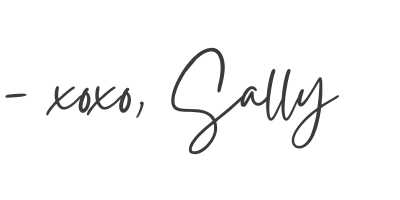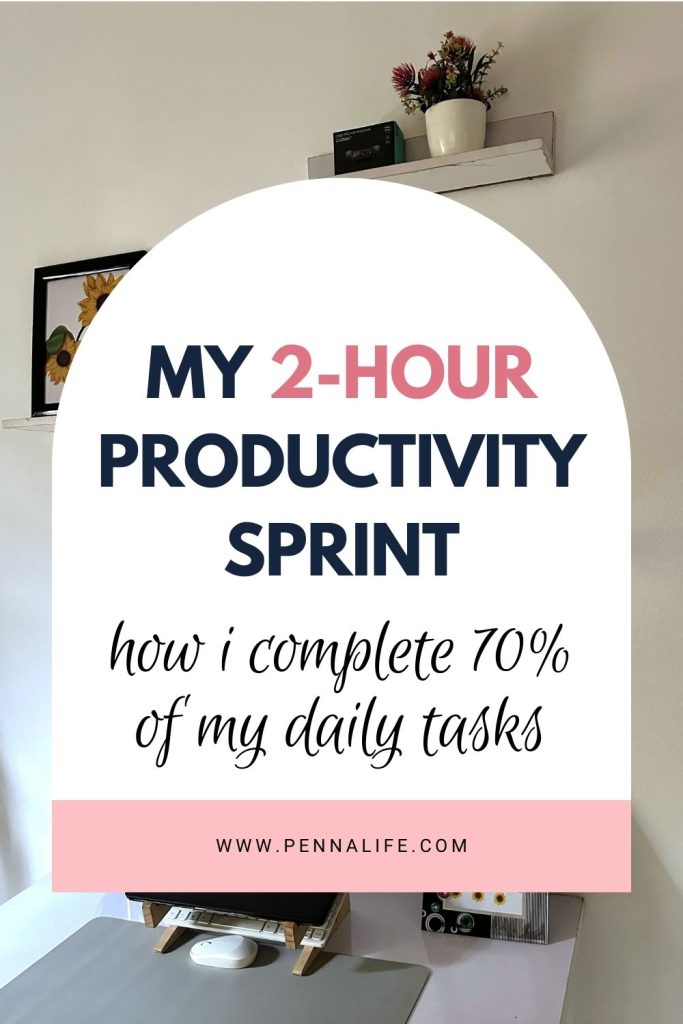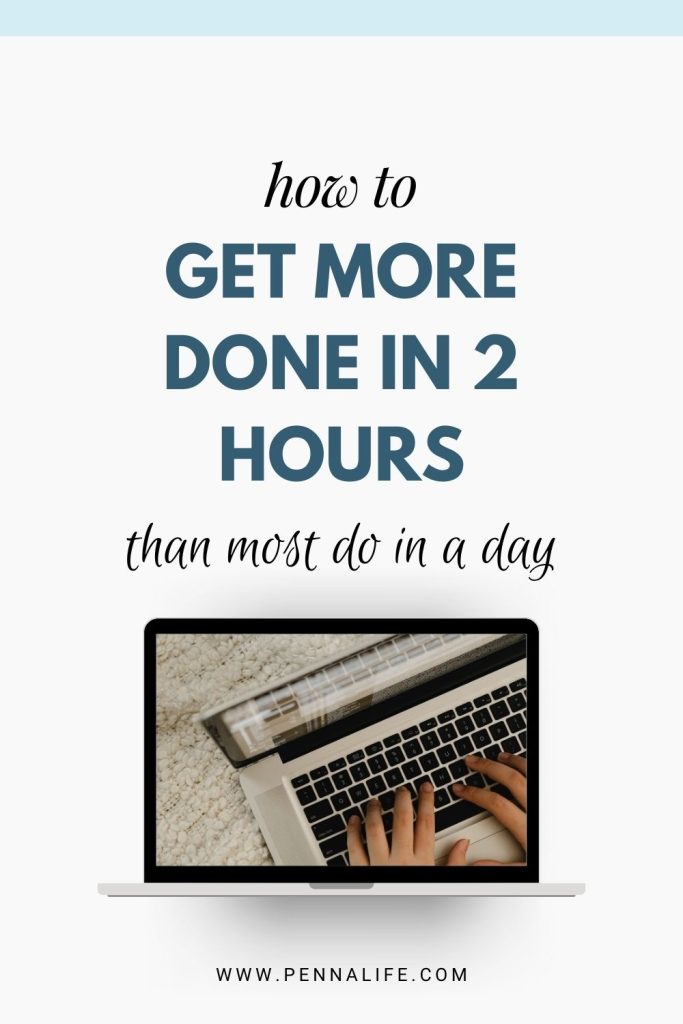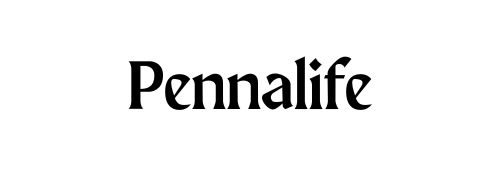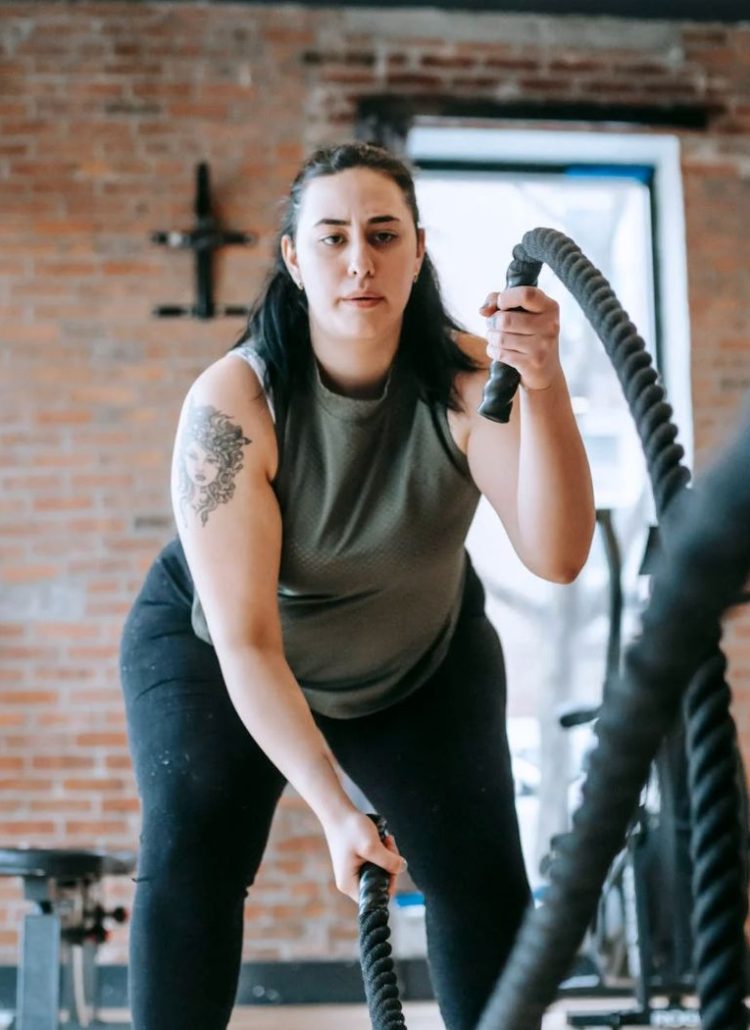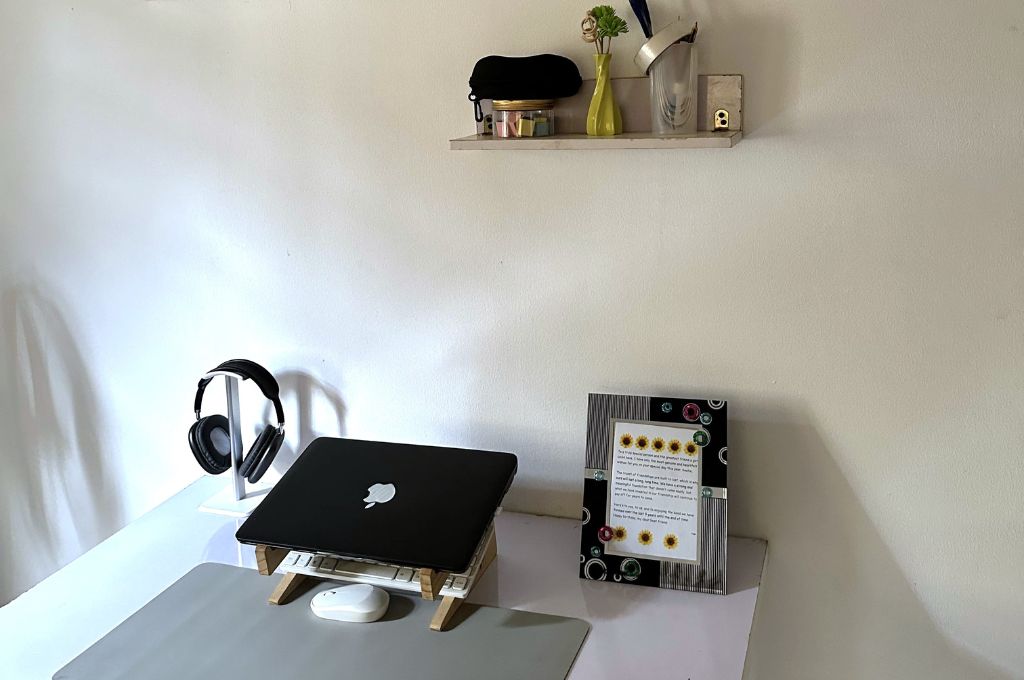
Between growing this blog and running another business, 24 hours wouldn’t be enough if I hadn’t developed an effective productivity strategy for myself.
On a typical day, I spend 7 hours tapping away at my keyboard. And since I’m low on creative energy in the afternoons, I need to sort out breakfast and complete the majority of my daily business tasks by 11 a.m.
Thanks to this productivity sprint I’m about to share with you, I complete 70% of my daily tasks within only two hours. For the rest of the day, I attend to the remaining 30% of my tasks.
If you never feel like you do enough despite the long hours you spend working, this one strategy will change your life. You’ll be able to get more work done in only 2 hours than most people do in an entire day.
Let’s get into it.
Before the 2-hour Productivity Sprint
My productivity sprint happens in the morning, but I always make certain preparations every night to ease my work when I wake up.
1. Clean My Workspace
Every evening after the close of work, I block out 15 minutes of my time to clean and organize my workspace.
I’m an overthinker with ADHD. I’m also a paper-and-pen kind of person. That means my thought process is elaborate and somewhat messy, enough to leave pieces of paper and colored cards all over my desk.
And then, there’s me (again!) who can’t think properly when my space is rough.
Catch-22, right? You bet.
In preparation for my focus sprint the next morning, I ensure my desk and entire workspace are organized. Laptop on its stand, pen in cups, colored cards and post-it notes in a clear bag, and A4 papers and notebooks in my drawer.
2. Sleep Early
I believe proper rest is necessary for improved productivity. So, I do my best to get adequate rest for an average of 7 hours. My sleep schedule is from 11:00 pm to 6:05 am.
When you work during the day, your body needs to rest and regain its strength. And it’s easy to get carried away by the hottest series on Netflix, late-night chats, and work emails.
To avoid any form of distraction, I created a nighttime routine that keeps me on track and helps me sleep on time.
3. Schedule My Tasks Ahead
Every night, I write down a list of tasks (and keep them small) for the following morning in my life planner. It gives me a sense of purpose and direction on the steps to start my day. Plus, it shuts out morning anxiety.
These to-do lists aren’t my only point of focus. I also have a vision board and business spreadsheet to track my monthly, quarterly, and yearly goals.
However, creating a simple list of tasks every day boosts my productivity as an ADHDer and helps me find opportunities for quick wins and self-motivation.
My 2-hour Productivity Sprint

I’m most efficient in the mornings—specifically, between 6:30 and 8:30 a.m. When I wake up, after my prayer and journal entry, I spend the next two hours crushing the tasks on my list.
Here’s what my 2-hour productivity sprint looks like:
4. Spray the Room
I grab a cup of hot tea and a bottle of water and move into my workspace.
But before I start anything, I spray the room with a woodsy, citrusy, or lavender fragrance. I’m a perfume and fragrance collector. If I’m having a hard time falling asleep, don’t like the vibe in my room, or want to get into a certain feel, I spray my blanket, room, or body.
5. Set a Timer for Two Hours
I like to track time. It gives me room to measure my productivity level and evaluate my typing speed.
Also, setting a timer helps me know when to stop and get on with my morning routine.
So, I use a Pomodoro by Toggl Track in tandem with my iPhone to set a timer for 2 hours. The Toggl Track app makes no sound but documents the time tracked, while my iPhone timer rings once the time is up.
6. Put My Phone in Do Not Disturb (DND) Mode
I have ADHD, so I require specific focus activities such as putting my phone on DND and stamping post-it notes on my desk to remind me of my tasks and the order they follow.
Lately, I’ve been loving the Simple Sticky Notes app in place of physical Post-it notes. I also use the Microsoft To-Do app (and it’s synced on both my phone and laptop).
Being on DND keeps me focused and rid of distractions such as calls, messages, emails, and social media push notifications.
Free Habit Tracker
Want to build life-changing habits? Download this printable, reusable tracker to stay committed to your goals.
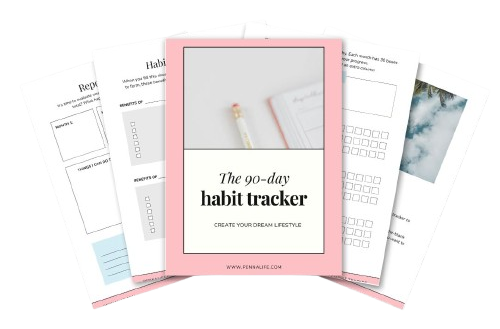
7. Focus on the Bigger Tasks
Then, I get into the main task(s) of the day and try to be done in two hours.
Once I turn on my computer, my main focus is usually the “bigger tasks,” such as writing a blog post, working on a copywriting project, or planning social media captions. In the afternoon, I attend to other—more visual, less brainpower—tasks like designing graphics, organizing calendars, and replying to DMs and emails.
The reason I focus on tasks that require more creative thinking, time, and attention first is because once they’re solved, the rest of the list is easy.
Note: I focus on bigger but simple (not harder) tasks. For instance, I don’t like back-end setups or email automation. For me, they are hard. I dedicate special periods to tackling such tasks as they can take me the whole day.
If all the tasks on your list are “your thing,” start with the bigger tasks. But if you have tasks that are not within your zone of genius (that is, harder tasks), start with simpler tasks.
Final Thoughts: My 2-hour Early Morning Productivity Sprint
This sprint has been my secret productivity weapon for over 3 years now. If you’re looking for a proven way to instantly become more productive during your work days, this strategy will work for you.
But I understand that we aren’t the same. So, discover your most productive hours. If you’re a night owl, your productivity sprint could be at night.
Take cues from this to build a strategy that fits your nature and schedule, but ensure you commit to 2 hours of work focus during your most productive time. If you do this long enough, it will become a habit that helps you get more done in less time.
